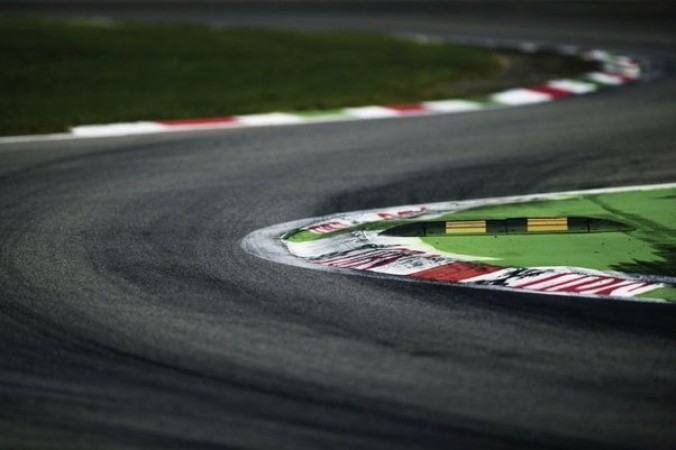
In the world of motorsports, the design of a racing track is a crucial element that directly impacts the safety, speed, and excitement of races. The curvature of racing tracks, often in the form of bends and turns, serves multiple essential purposes that ensure both the safety of drivers and the exhilaration of the sport.
The Importance of Curvature
Racing tracks are meticulously designed to include curves, bends, and turns for several significant reasons. These elements are not just arbitrary features but are carefully planned to enhance both the technical challenge for drivers and the overall safety of the racing environment.
Enhanced Safety Measures
One of the primary reasons for curving racing tracks is safety. Unlike straight roads or tracks, which can lead to higher speeds and less control, curved tracks are engineered to moderate and control the speed of vehicles. This design feature helps prevent accidents by forcing drivers to decelerate while navigating through bends. Additionally, the curvature allows for gradual adjustments in speed and direction, reducing the risk of sudden, uncontrollable maneuvers that can occur on straight roads.
Maximizing Grip and Control
When cars travel at high speeds, centrifugal force pulls them outward on straight paths. On a curved track, this force is counteracted by the inward force generated by the track's curvature. This phenomenon, known as lateral or centripetal force, enhances the grip of the tires on the track surface, enabling drivers to maintain better control of their vehicles even at high speeds. By strategically placing curves and bends, track designers can optimize the driving experience by balancing the challenges of speed with the need for control.
Challenges for Drivers
Curved tracks also pose significant challenges for drivers, adding complexity and skill requirements beyond simply accelerating in a straight line. Mastering the art of cornering is essential in motorsports, as it involves precise braking points, steering inputs, and throttle control to navigate bends efficiently without losing speed or traction. The variability in curvature—from gentle turns to tight hairpin bends—demands adaptability and quick decision-making from drivers, making racing both mentally and physically demanding.
Technical and Strategic Depth
The curvature of racing tracks contributes to the technical depth of motorsports. Engineers and teams must develop cars that can perform optimally across a range of curvatures and conditions. This includes designing suspension systems, aerodynamics, and tire compounds that maximize traction and stability during cornering. The strategic aspect of racing also comes into play, as teams devise race strategies based on the track layout, including when to pit for tires and fuel to maintain competitive advantage throughout the race.
Spectator Experience
From a spectator's perspective, curved tracks enhance the excitement and drama of racing events. The visceral thrill of watching cars hurtle through curves at high speeds
H2 headings Flat Roads: Limitations and Considerations
While curved tracks offer numerous advantages in motorsports, the dynamics change significantly when considering flat roads or tracks.
While curved tracks offer numerous advantages in motorsports, the dynamics change significantly when considering flat roads or tracks.
Limitations of Flat Roads
Flat roads or tracks lack the curvature necessary to mitigate centrifugal forces effectively. This absence can lead to higher speeds and reduced control for vehicles, posing greater risks of accidents and potential injuries to drivers and spectators. Without the natural deceleration provided by curves, vehicles on flat roads must rely solely on braking mechanisms, which can be less efficient at high speeds and under extreme racing conditions.
Technical Challenges
From a technical standpoint, designing vehicles for flat roads requires different considerations compared to those for curved tracks. Engineers must focus on optimizing straight-line speed and stability, as well as ensuring effective braking systems to compensate for the absence of natural deceleration through curves. This specialization may limit the versatility and adaptability of vehicles designed solely for flat tracks, potentially reducing their performance capabilities in varied racing environments.
Tough competition in hybrid cars, who is better between Maruti Suzuki Brezza and Grand Vitara?
Bajaj Auto Opens First Overseas Factory in Brazil
GTA 6 is coming to create a stir in the gaming world, know when it will be launched